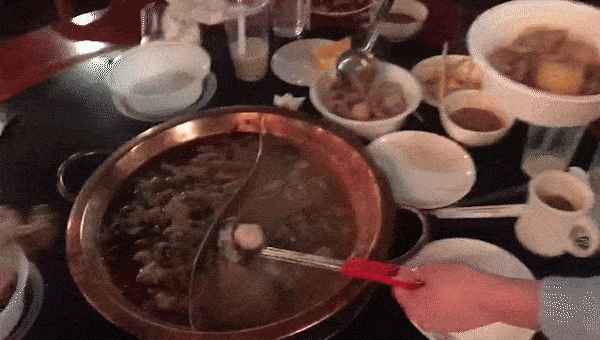Research
We’re reducing our time spent on additions to the wall mural this week to focus more on ideation for prototyping. We’re still adding anything we stumble across that we find particularly interesting or related to our project.
For example, this week we came across the Playable Theater Project at Northeastern University, with very similar goals to us, and will read up further!
Taxonomy
We decided likely can’t organize categories as strict branches off of each other, as there will always inevitably be grey areas and crossovers from different branches. We have several sections:
- Defining our scope (scoping interactive theater relative to LARPs, games and art installation, for example)
- Defining the terms we ourselves will use
- Listing relevant categories and drawing occasional diagrams where needed to illustrate relationships between categories
Prototyping
We talked about several ideas we had as a team; our main strategy will be to:
- Use myth, folklore and other existing stories as our narrative
- Do something easy to start – perhaps by updating existing works
Knowledge Base
We determined this week that we are not focusing on data visualization and webapp building for the knowledge base. Instead, we’ll for now simply list all our works consulted and store our work in a simple spreadsheet format so that in the future it would be easy to convert to other formats if needed.
-Team
Production
This week we made a simplified RACI chart that outlines our roles in the project, to help division of labour when it came to prototyping.
Weekly check-in summaries:
- We’re feel our team is working well and contented with each other; we think we work efficiently together when we have a task in mind
- We’re worried about understanding our individual goals for research and sticking with them
- We think once we move into prototyping much of our problems will be resolved
-Healthy & Tina
